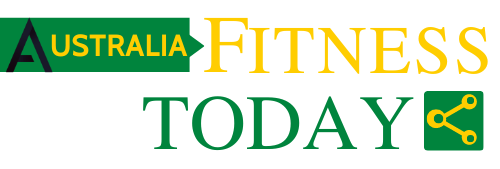Restoring the gift of hearing with advanced technology using robot-assisted surgery
Every year, World Hearing Day falls on 3 March. Imagine a world that is silent – no birds
chirping, no music and no words to be heard. That’s how seven year-old Suri (not her real name)
has experienced the world for the past three years. However, in January this year, her silent world took
a delightful turn for the better when Sunway Medical Centre, Sunway City granted Suri the gift of hearing with a Cochlear implant using a 3D Exoscope. This robot-assisted technology with 3D cameras is commonly used in neurosurgery and Dr Shailendra Sivalingam, Consultant Ear, Nose and Throat Surgeon
decided to harness the machine’s advantages in providing better visibility and ergonomics
during Cochlear implant surgery.
“Cochlear implant surgery is traditionally done with a 2D operating microscope and now, it
Dr. Shailendra Sivalingam, Consultant ENT Surgeon
can be performed using a 3D Exoscope, making us the first private hospital in Malaysia to do
so. The surgery on Suri went smoothly without any difficulty and using the Exoscope,
precise, complicated surgical manoeuvres were performed flawlessly,”
The Wonders of Sounds for a Child
Suri was four years old when her mother, Samantha, noticed she did not respond when being
called. She was diagnosed with severe hearing loss in both ears and was fitted with hearing
aids. Her speech was also found to be two years behind her age, which required her to
undergo speech therapy. A specific cause of her hearing loss could not be identified, and she
did not have any family history of hearing loss.
“She would go about her day lip reading and reading facial gestures – until the pandemic hit.
It was really challenging when classes started being conducted online. She could hardly hear
a word her teacher was saying over the computer, and face masks meant she couldn’t lip
read,” Samantha said.
As the years passed, Suri’s hearing continued to deteriorate until a point that her hearing
aids were no longer helping her.
“We were introduced to Dr Shailendra at Sunway Medical Centre, who told us about a
Cochlear implant. I feared Suri would not be able to function normally in society if her
condition continued to decline. So, I decided that she should have this implant. I trust her
speech will improve with better hearing,” Samantha expressed.
Cochlear implants are different from hearing aids in that hearing aids only amplify audible
sound, while a Cochlear implant delivers signals directly to the hearing organ (cochlea).
The implant has an internal and external component. The external component picks up
sound with a microphone and transmits it to the internal part. The internal part is placed
under the skin behind the ear where a fine electrode enters the cochlea. The electrode
stimulates the auditory nerve which sends signals to the brain, producing hearing.
The Moment of Truth
It would be another two weeks after surgery before the Cochlear implant was activated.
Those two weeks were pretty rough on Suri who couldn’t hear at all, making communication
hard between her and her family. Samantha said her daughter was silent the first five days and
slowly came out of her shell when she started communicating through text.
Dr Shailendra explains that a Cochlear patient’s initial hearing will not sound like normal
hearing when the implant is switched on as the device needs to be tuned and adjusted to fit
the individual. The implant mapping process may take up to 6 months after surgery, and this
varies between patients depending on their individual responses.
“Suri was quite nervous on the day and when it was switched on, she was a little
overwhelmed with the new sounds that she was hesitant to wear the external component.
She tried it again after some persuasion on the lowest volume to let her gradually warm up
to the new sounds she is experiencing.
“Until the day of surgery, I was still second-guessing my decision. Did I make the right choice
to put Suri through such a major surgery? But looking at her now (about a month after
surgery), she has made good progress since the implant was switched on. She is discovering
new sounds every day and has become more cheerful and alert of her surroundings,”
Samantha said.
Hearing again means a brighter future awaits
“I’m happy for Suri and her family because I understand the difficulties they have gone
through. This is a big step towards regaining her hearing and it is extremely rewarding to be
able to restore a person’s hearing as it is one of our cardinal senses. It satisfies me the most
to see a Cochlear implant patient being able to live a normal life among their peers,” Dr
Shailendra expressed.
“With Suri, her hearing loss has affected her speech which has impacted her education and
learning. Now, we are hopeful that she will be able to communicate better when she goes
back to school. Our journey has a long way to go, but this does mean a brighter future for
Suri,” Samantha said.
The use of robot-assisted technology is the way forward and becoming a norm in many
surgical fields. The 3D Exoscope is among many advanced robotic surgical camera systems
to help improve surgical precision and patient safety. For Cochlear implant, this has certainly
proven to be a sound decision.
Article and image provided by Sunway Medical Centre, Sunway City, Malaysia.
Republish this:
Originally published by AsiaFitnessToday.com provides news releases licensed under a Creative Commons Attribution-ShareAlike 4.0 International license. Source: https://www.asiafitnesstoday.com/?p=11812




